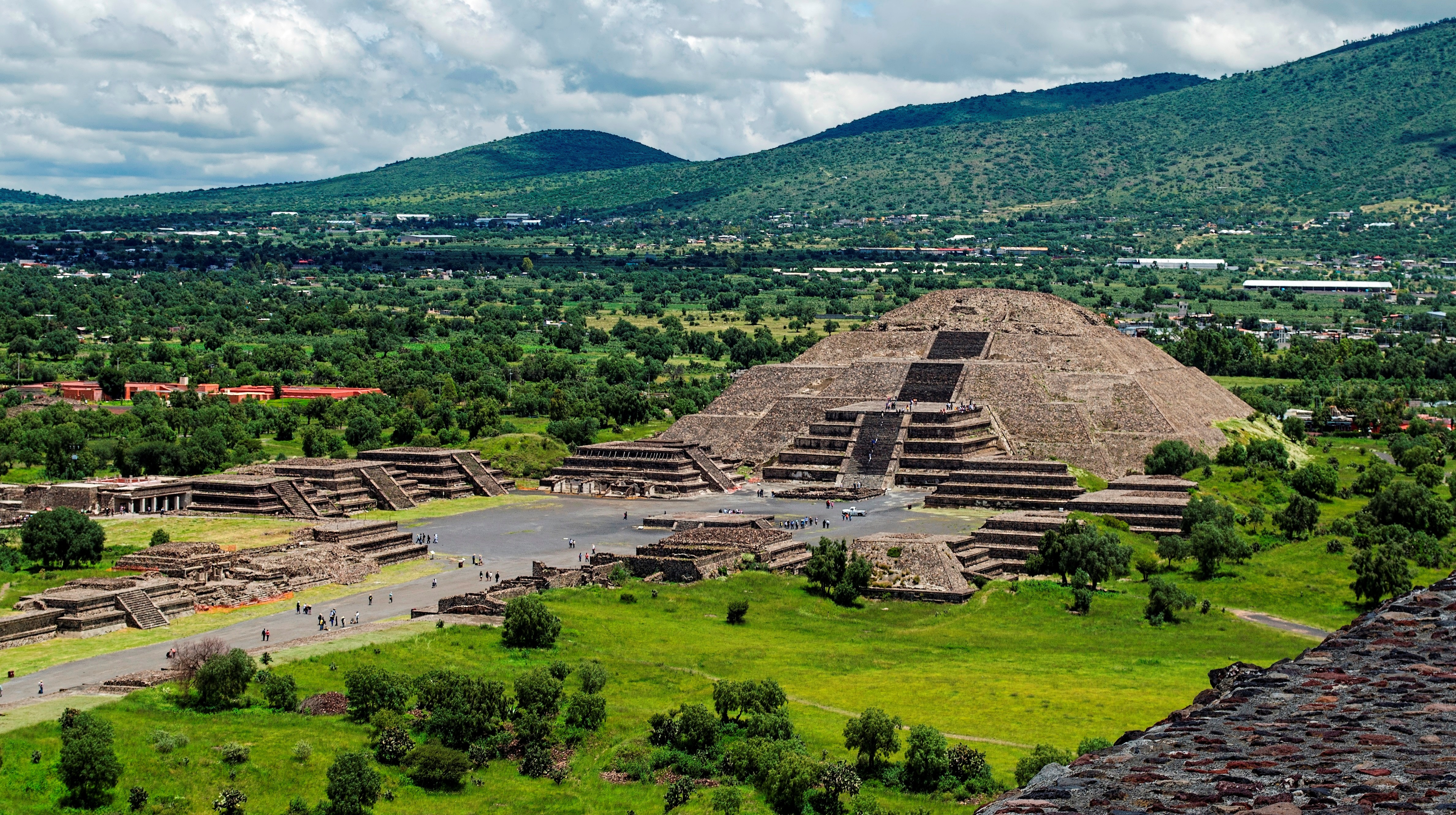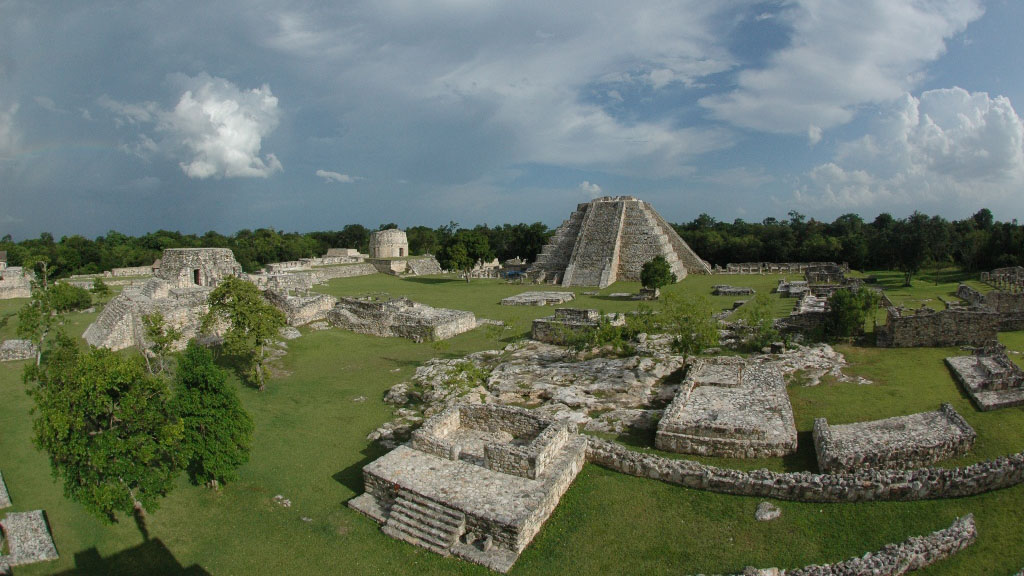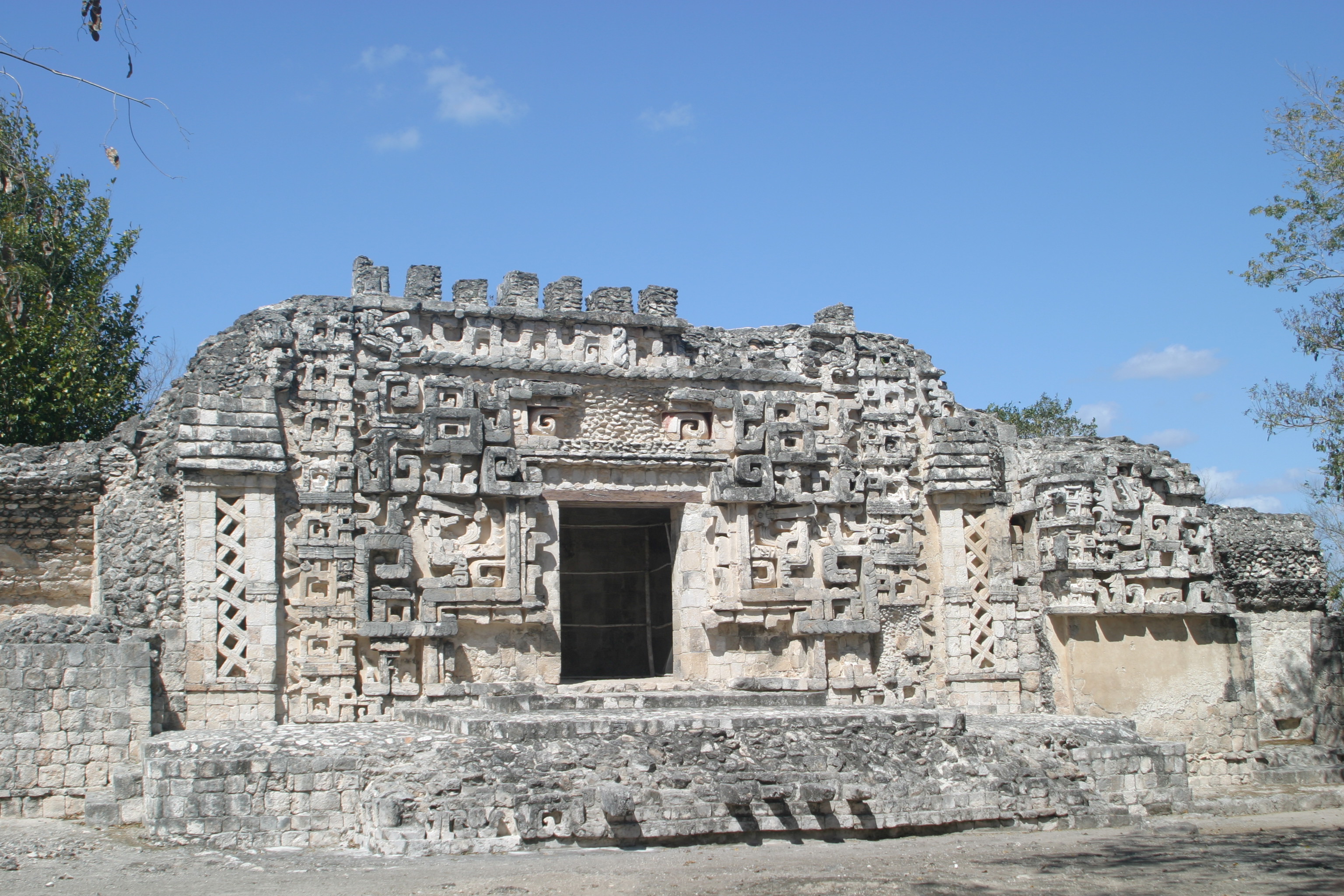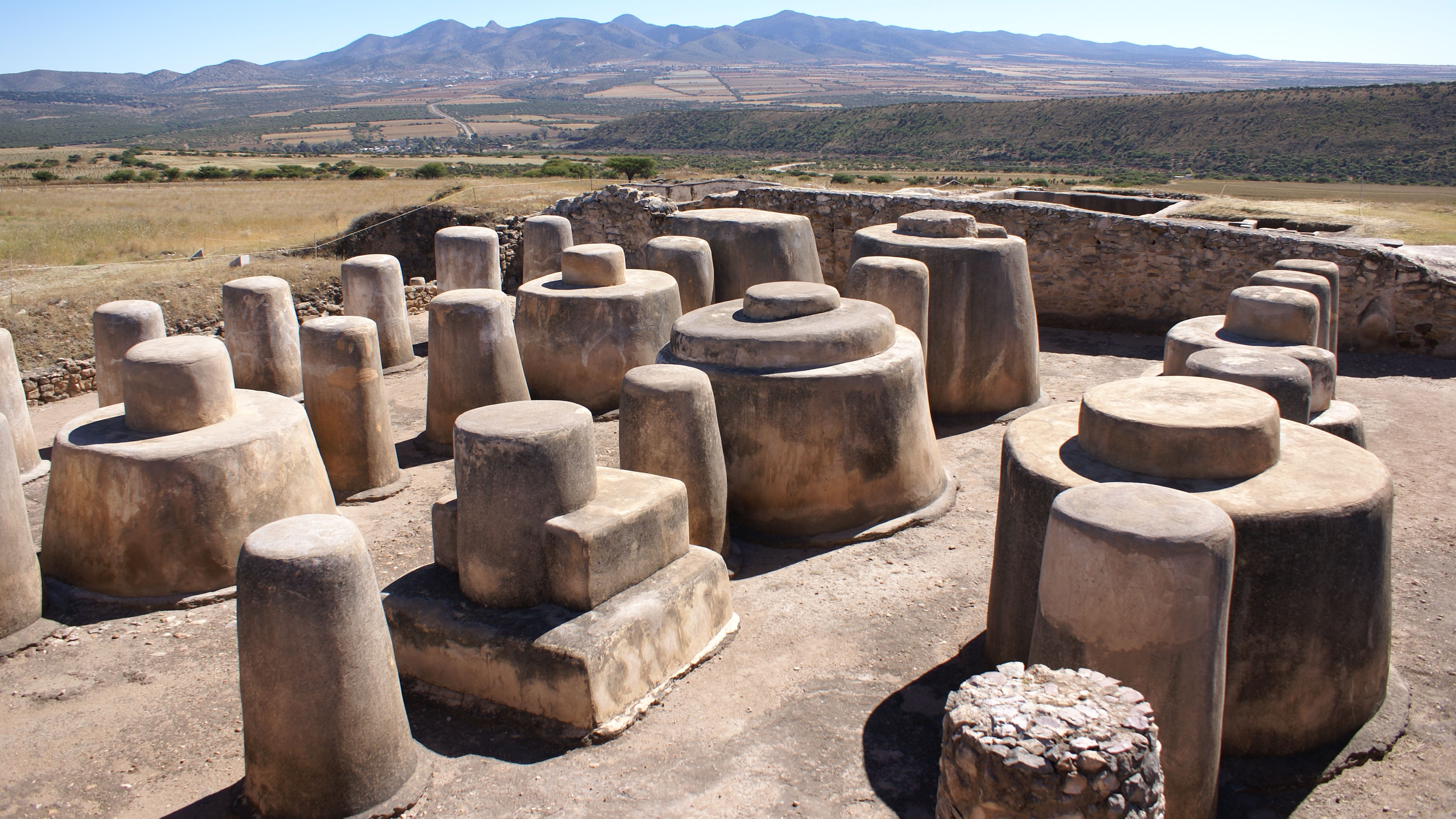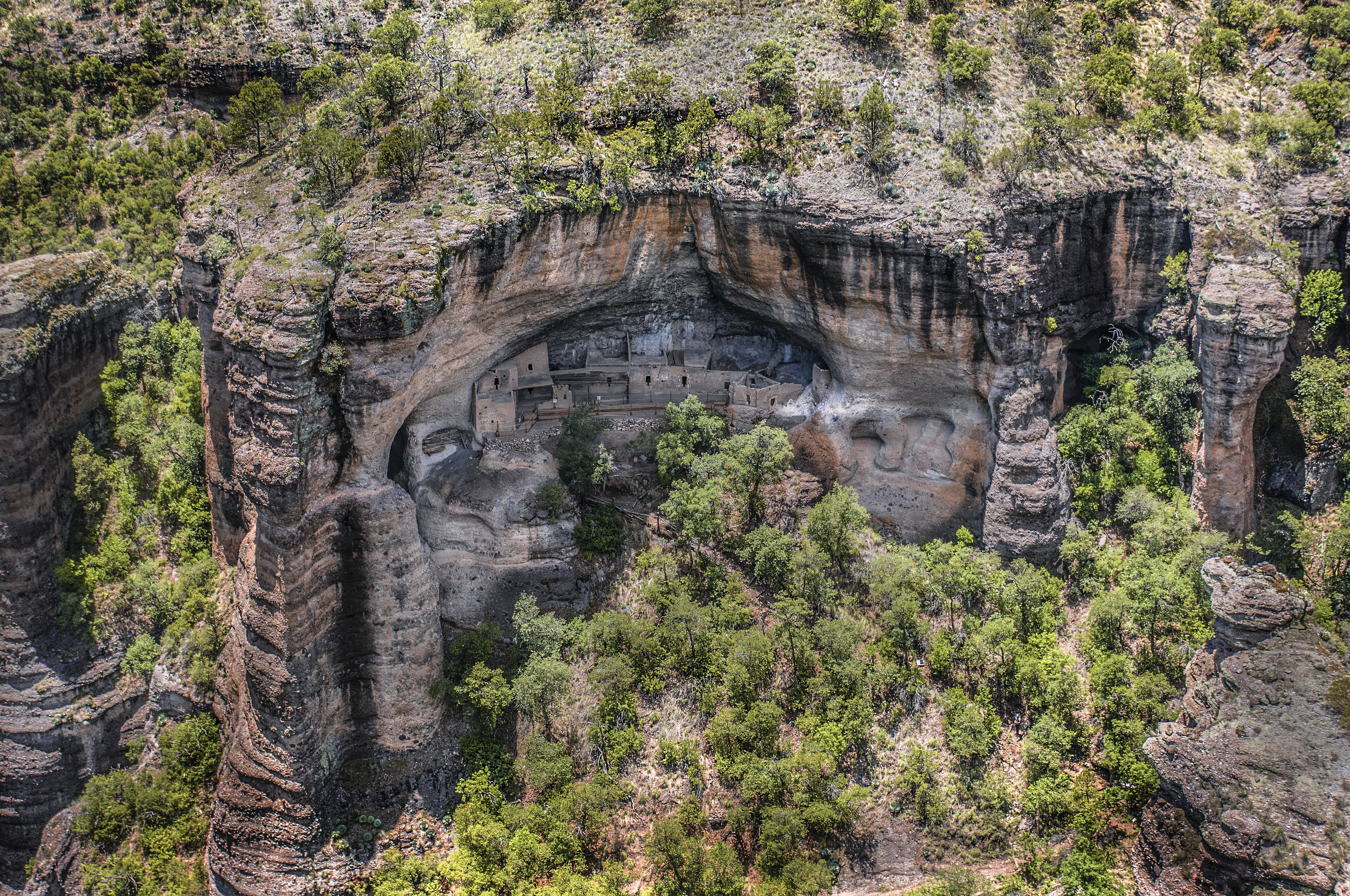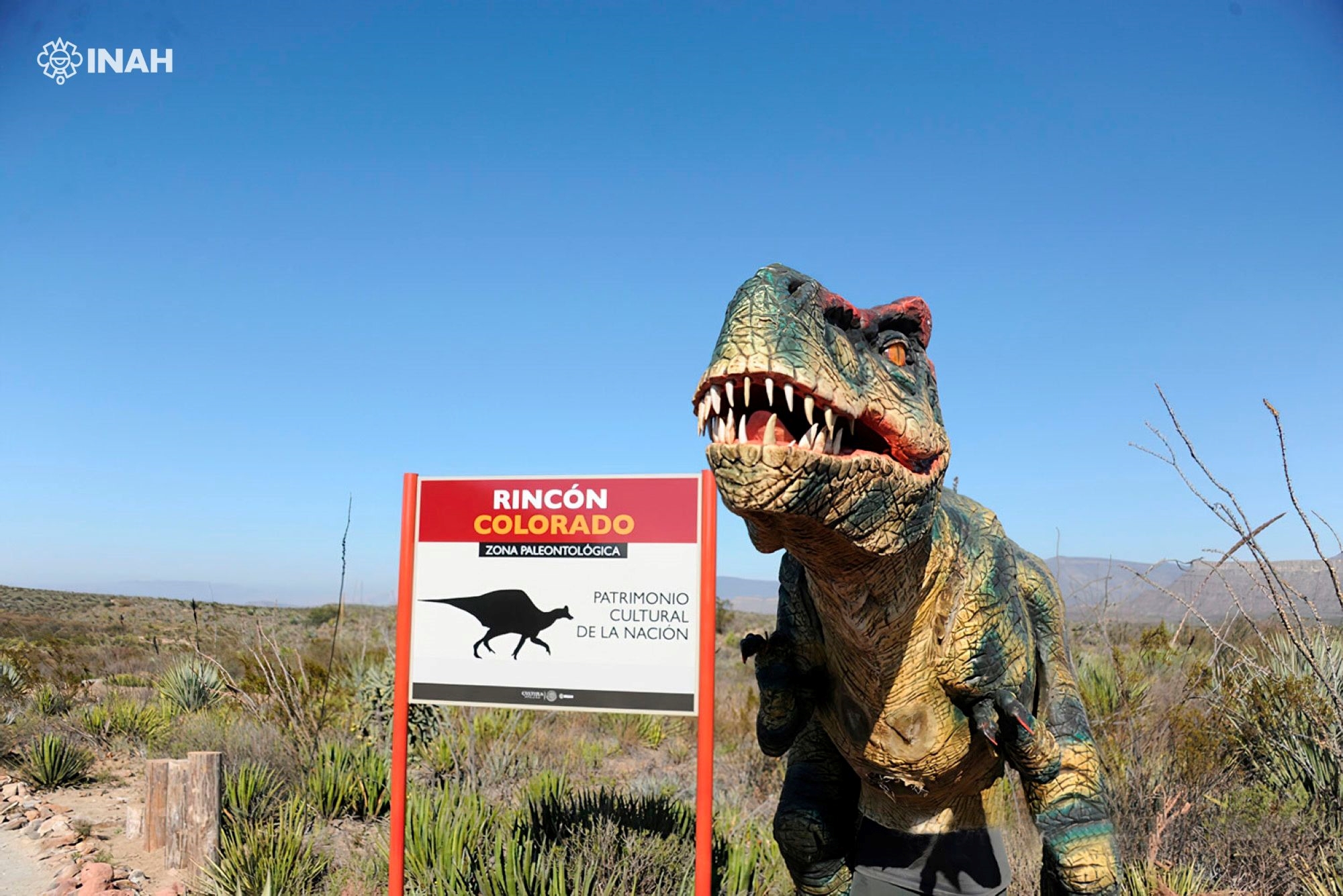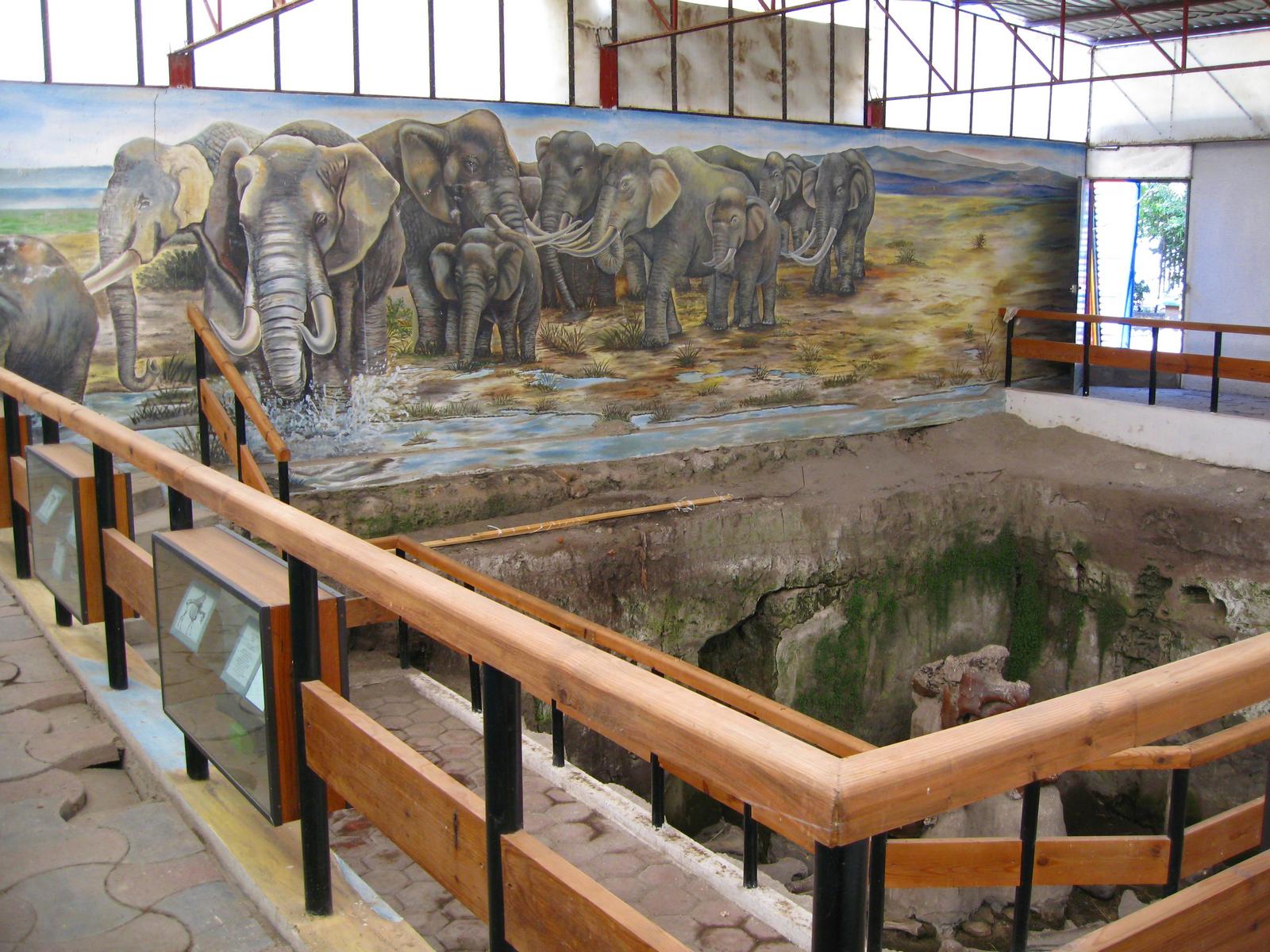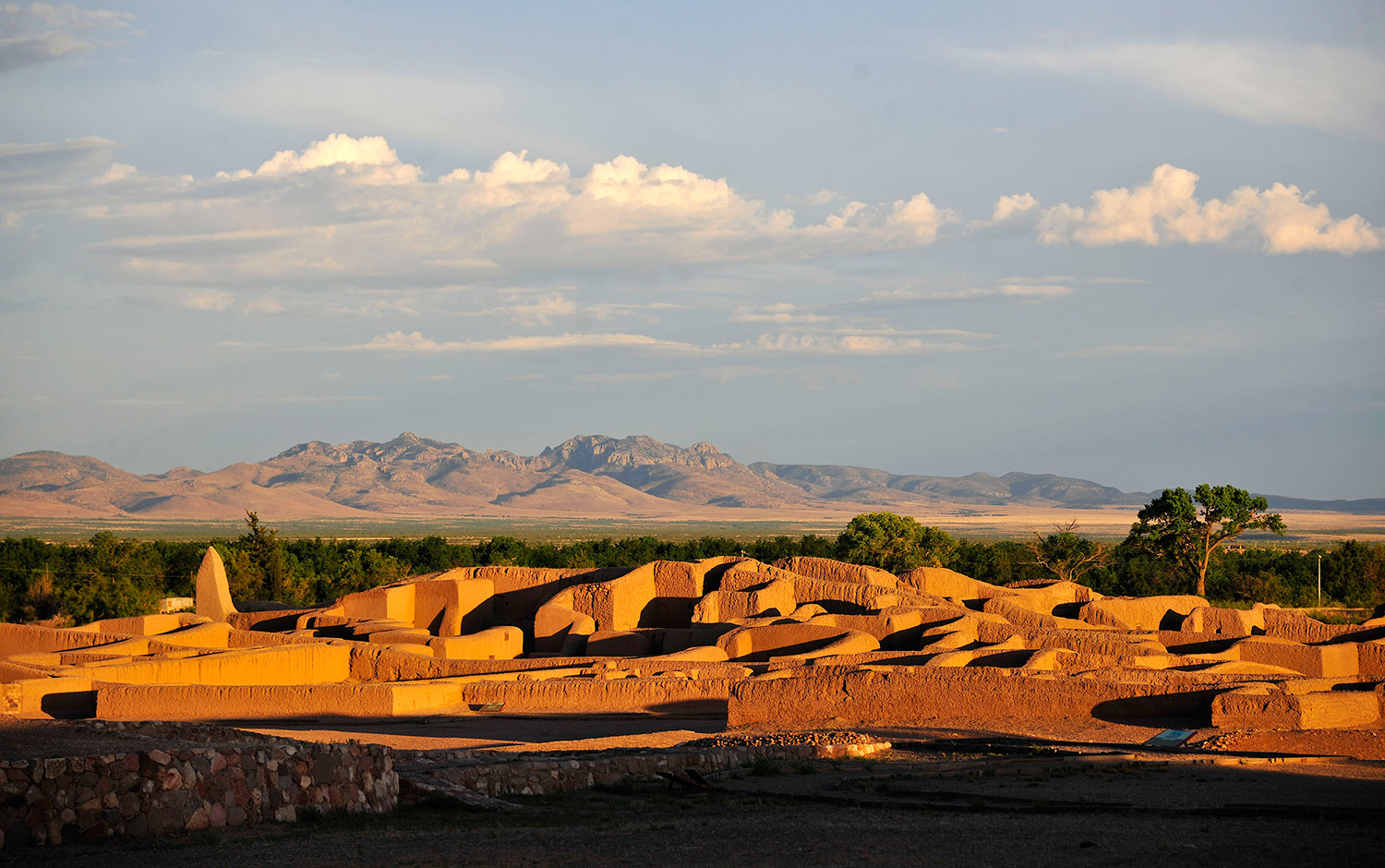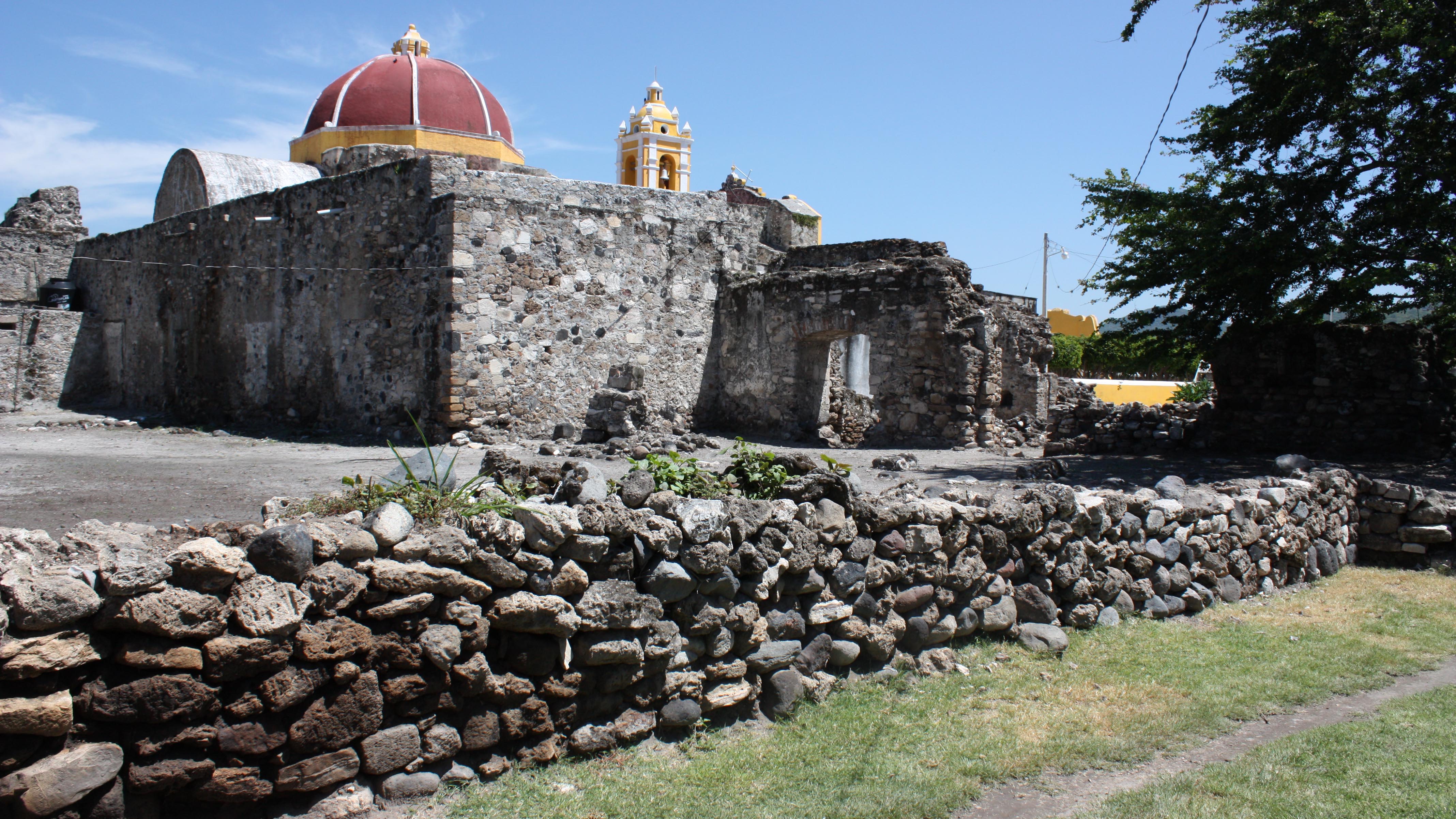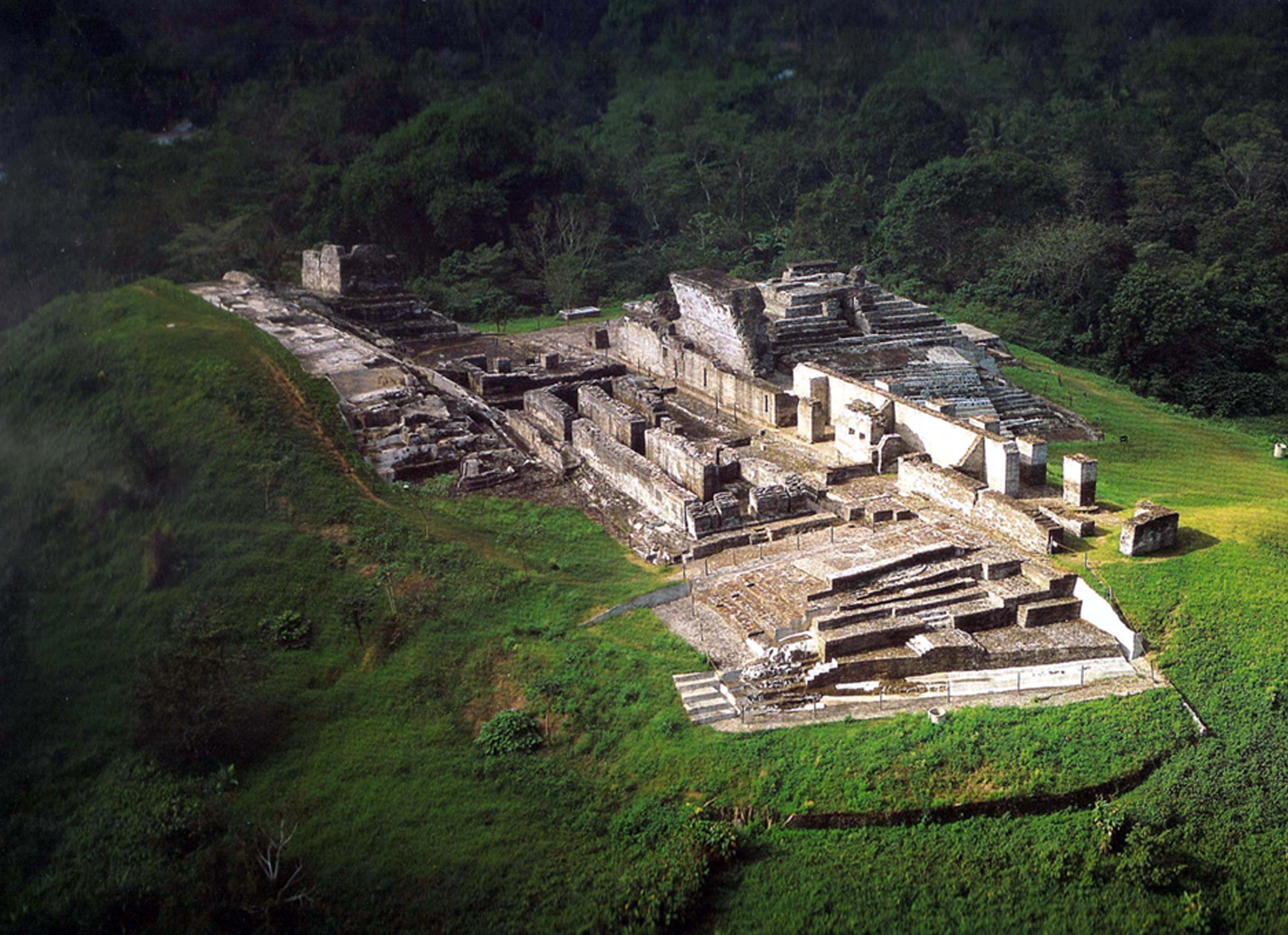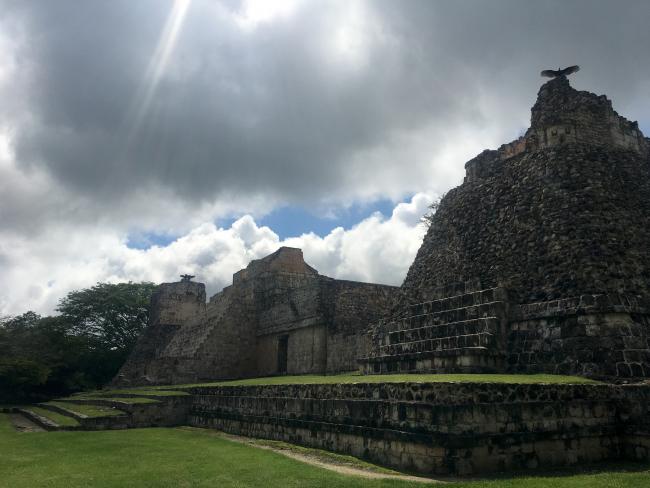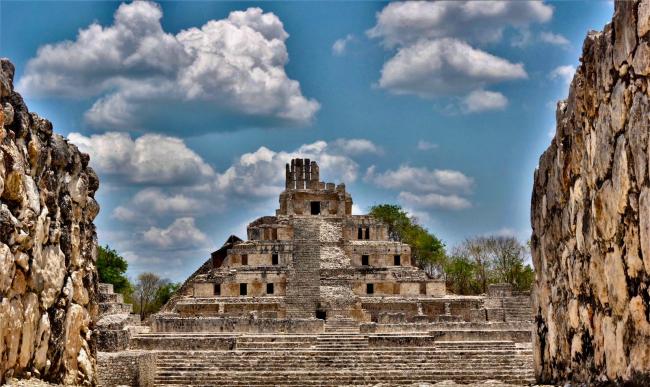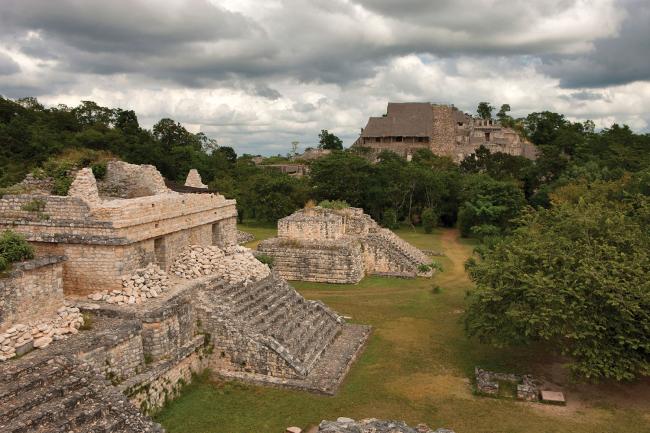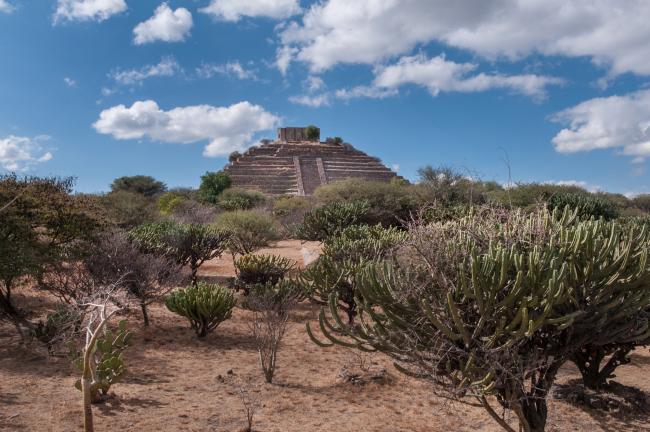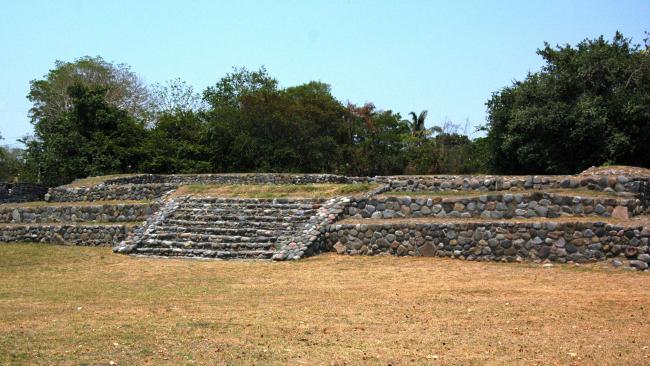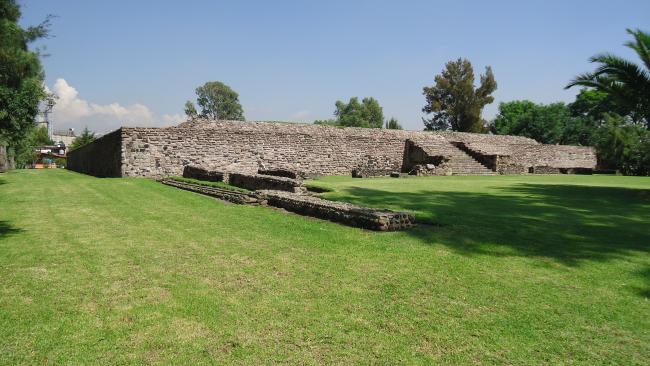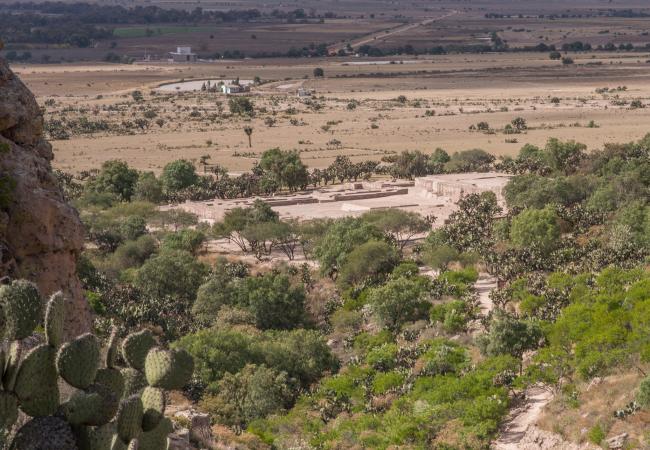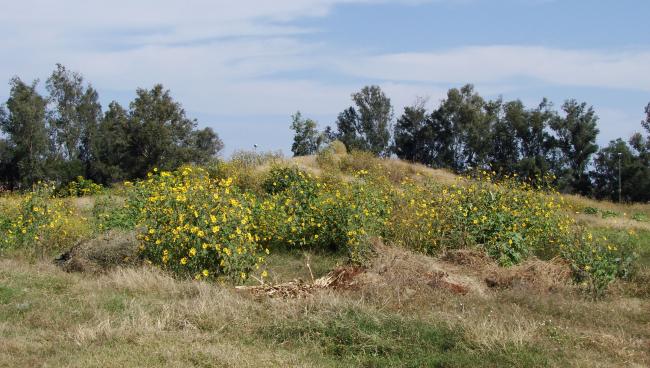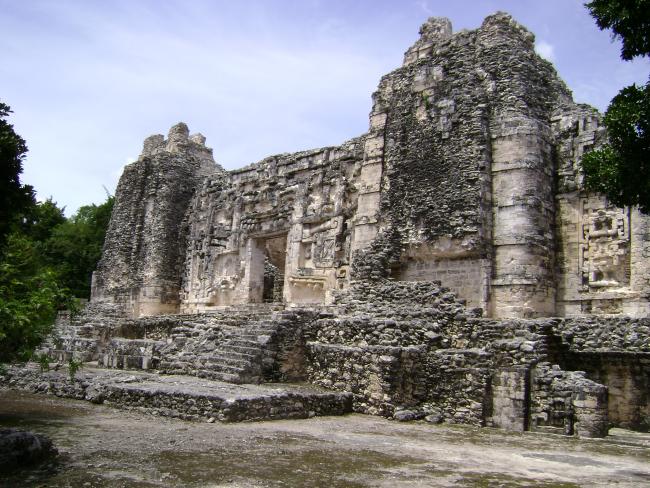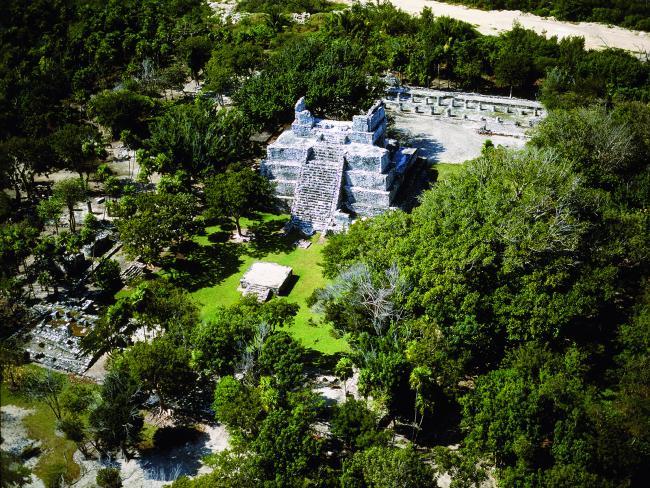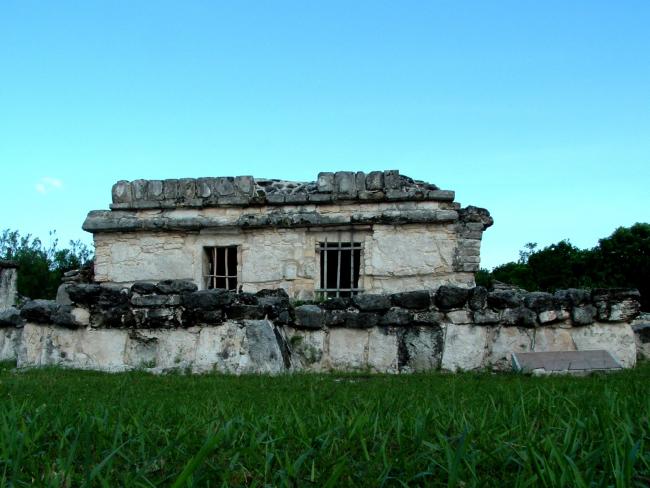
Zonas Arqueológicas
Dzibilchaltún
The Temple of the Seven Dolls attracts hundreds of visitors at the spring and fall equinoxes, when the sun shines through the building and illuminates the doorway. There are numerous admirable stelae, beautifully carved, and an open cenote (underground pool) with crystal clear waters.
Dzibilnocac
The legacy of the past grandeur of this site is an expansive plaza and splendid buildings, some decorated with carved masks. Remains of paintings have also been found, showing hieroglyphs and gods of the Maya pantheon.
Edzná
A site with magnificent architectural complexes, such as the “Great Acropolis” and impressive constructions, above all the “Building of the Five Floors." Edzná’s inhabitants developed a complex water management system to secure a year-round supply, and their city became a powerful regional…
Ek' Balam
Ramparts, murals, steles, plazas and sumptuous palaces await the visitor, but the greatest surprise is the richness of the architecture and decoration of its buildings, like the Acropolis, whose entrance looks like the mouth of a monster with enormous fangs.
El Cerrito
It was an important ceremonial center with influences from several cultures, particularly the Toltec. Franciscan sources say that around 1632 the indigenous people continued to make offerings to the pre-Hispanic deities on these altars.
El Chanal
El Chanal is one of the most important sites of the Postclassic period in Western Mesoamerica, due to its unique architectural characteristics, its location, its time period and the size of the territory it covers.
El Conde
Located in Naucalpan de Juárez, not far from the Periférico Norte (highway) in the northern suburbs of Mexico City, this site offers something unusual, a palace belonging to the fifteenth century pre-Hispanic nobility, one of the few examples of the civic architecture of the period.
El Cóporo
One of the most important sites in the state of Guanajuato, it developed around a hill of the same name. On the lower level, the architectural complexes were public buildings and houses, those on the hillsides were administrative and residential areas, and at the top there is a ceremonial zone…
El Grillo
Located in the municipality of Zapopan, within the metropolitan area of Guadalajara, its main feature is its mud architecture, typical of the buildings of the Atemajac valley. A number of tombs have also been found here.
El Hormiguero
Similar to Hochob, it has a building whose facade has a great mask with a monstrous open mouth with enormous fangs, which has been interpreted as an entrance to the underworld. Also worthy of note is the zoomorphic facade and the masks of the god Chaac which decorate another of the structures.…
El Meco
Situated on the coast, it probably played an important role in the navigation routes of the Maya. From the top of the highest building of the zone, known as "El Castillo," there is fine view of Cancun and the surrounding area.
El Rey
Located in the hotel zone of Cancun, it was one of the principal ports on the Caribbean coastal trade route. It has two plazas and a number of structures, some of which still bear the remains of mural paintings depicting gods.

